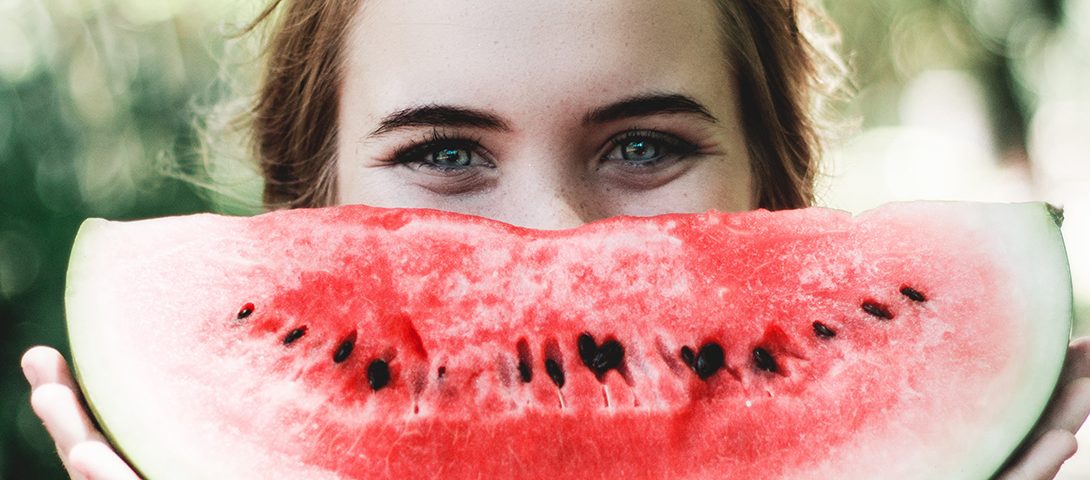So, you’ve probably heard of the “Dog Whisperer”, if not, let me recap. It’s a hit reality show based on canine experts who seem to posed magical powers to get even the most unruly pups to act like little angels. It’s amazing!
Essentially, this is the same idea, only with fruit and vegetables. As a Master Nutritionist I will teach you how to select the best of the best produce for the most robust flavor, greatest health benefits and budget friendliness.
Let’s be honest, there’s few things more dissatisfying than spending 10 minutes to slice up a gorgeous watermelon for your family gathering, only to find out it tastes like cardboard mush! This will save you from ever getting SKUNKED at the supermarket again!
How to Choose the Best Produce
Avocado
Avocado is one of my favorites— but, there’s nothing worse than a rock hard or mushy brown avocado. When selecting an avocado look for one that is not overly green and hard, note overly soft and brown. Also, the best indicator of freshness is the stem. If the stem is blackened it’s very ripe, which can be ok if you’re making guacamole. If the stem is green it’s still under ripe. If the stem is white, trash it because it’s rotten. Instead, look for the perfect avocado that has a light golden brow stem, with a darker green peel color and is slightly firm, but not rock hard.
Watermelon
Speaking of watermelon, when picking up a watermelon, you should look for a flat brown spot that has brown veins called “stretch marks.” The brown spot means it had adequate time sitting in the sun. The veins indicate that water and minerals from the soil have been absorbed, and the result is a flavor that is sweet and delicious. I do this every time and always get the sweetest, juiciest melon!
Citrus
I love all citrus, but hats it when they are dry and missing all that amazing juice! All of your citrus should be sweetly fragrant. They should also feel firm to the touch and not have any soft, mushy spots. The heavier the fruit, the more juice it contains. Also, choose the citrus that has a smoother peel over the heavily dimpled fruit.
Strawberries
My family absolutely loves adding strawberries to all our summer meals, but once a strawberry is picked, it doesn’t continue to ripen. When choosing your berries, pick the reddest and the plumpest. The overall size doesn’t matter as long as the berries do no look dry and shriveled. Fresh, green leaves are another indication of a fresh strawberry.
Tomatoes
This amazing fruit— yes fruit— is best when sourced locally and in-season tomatoes are an entire class above what you’ll find in the grocery store any other time of the year. While fresh tomatoes have a shorter shelf life, the flavor is well worth it. A tomato should be free of bruising, deep cracks, or wrinkled skin. It should also be heavier than it appears, with a sweet, earthy scent right around its stem.
Bell Peppers
Bell peppers are a great way to add in favor, zip and crush to any dish! These sweet, colorful veggies should be firm with taut and glossy skin. Watch out for soft spots or blemishes. The juiciest peppers will be heavy for their size with thick walls.
Onions
Don’t cry over one more rotten onion! Onions should feel firm and be free of any soft, wet spots. Black spots on the onion or green sprouts coming out of the top indicate an onion you don’t want to take home with you. They should have thin skins with tight, dry necks. Like several other produce options, onions should feel heavier than they appear for maximum juiciness.
Leafy Greens
Greens are a must! Leafy greens is a broad term for a large variety of produce. But the general rule is to look for greens that are the color they should be, whether that’s bright green like arugula or dark green like kale. Any wilting or browned edges means they have lived past their prime.


